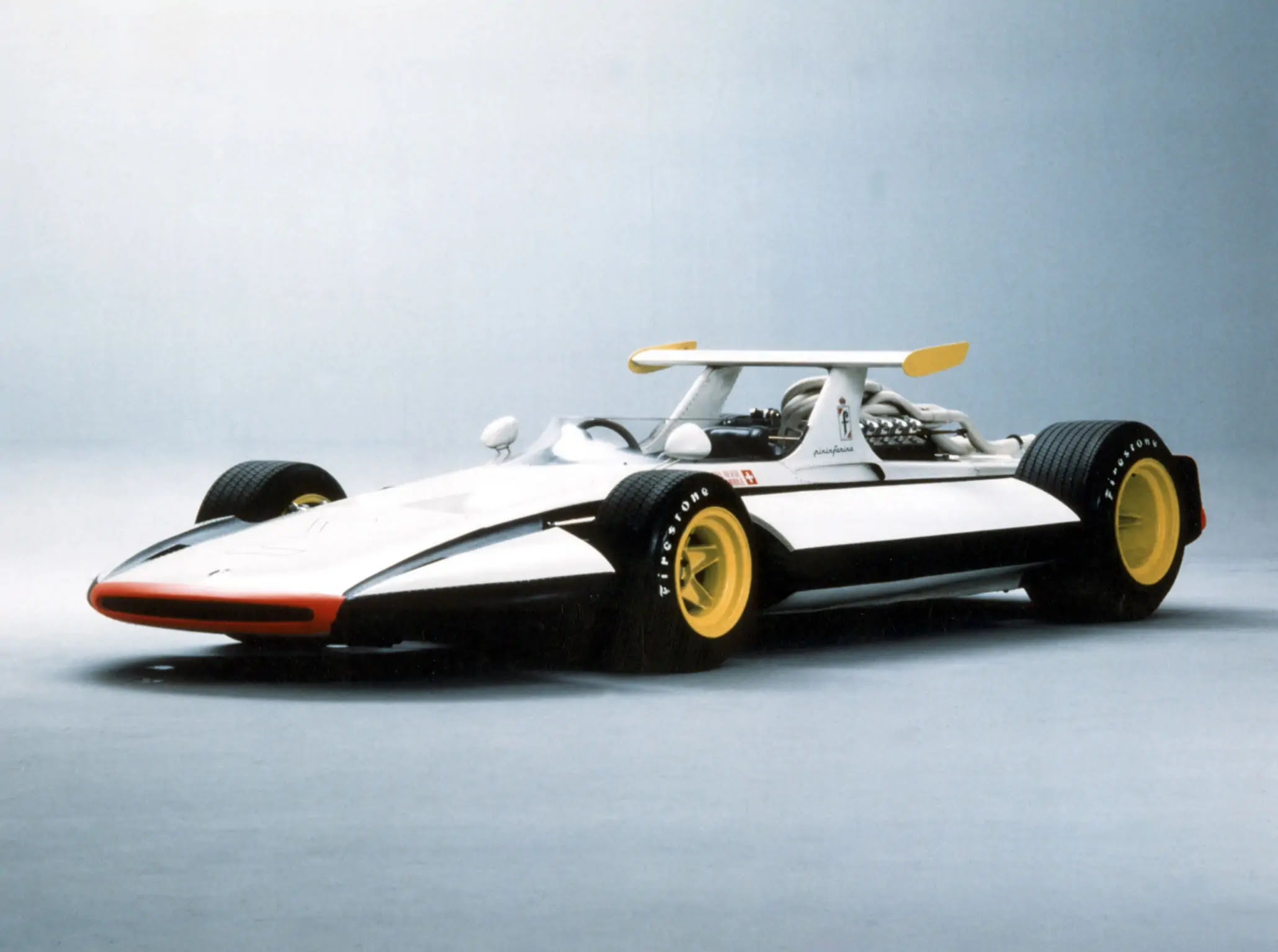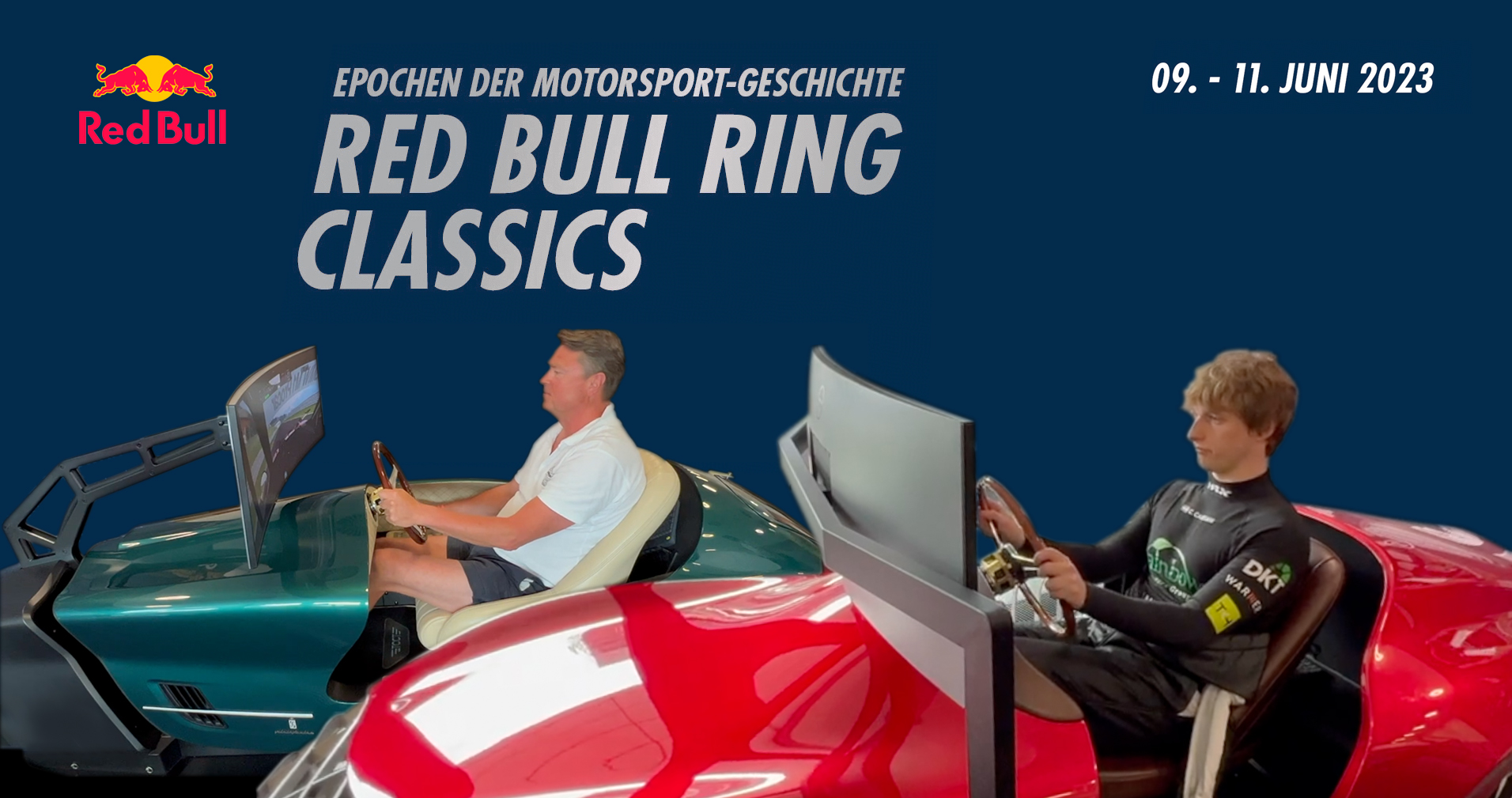The way we raced
24 May 2020 1 min read 5 images

There were no go-karts in those days, and although there existed Formula Junior cars, these were already aimed at semi-professionals. In the 1960s, if you wanted to race, there was only one thing for it. You had to find a friendly mechanic willing to soup up the car you used to get to university, and then take it racing, without saying anything to your parents of course! This trend gave rise to the “Prepared Touring” racing class, open to production cars.
Register to unlock this article
Signing up is free and gives you access to hundreds of articles and additional benefits. See what’s included in your free membership. See what's included in your free membership.
Already have an account? Log In

